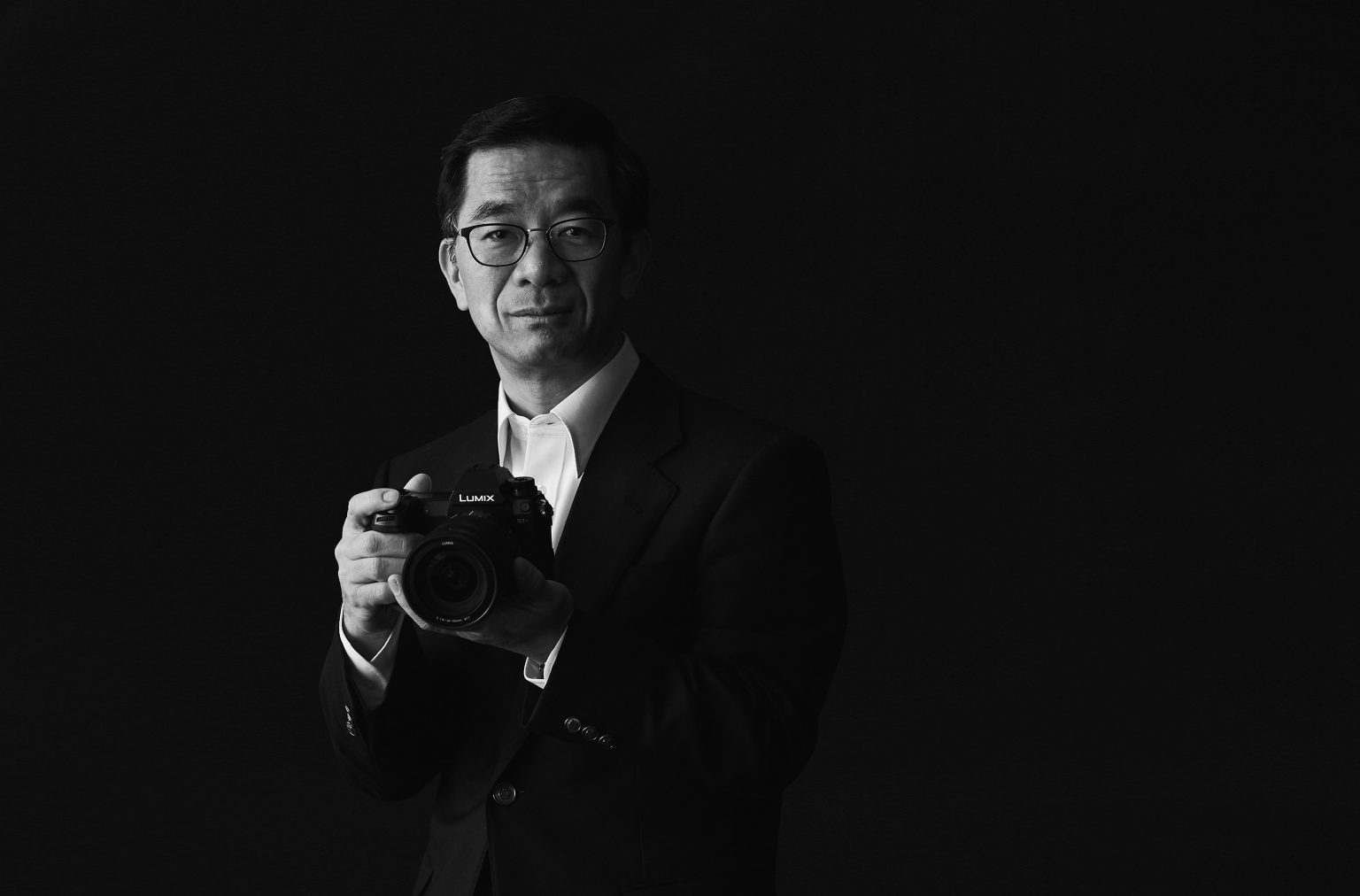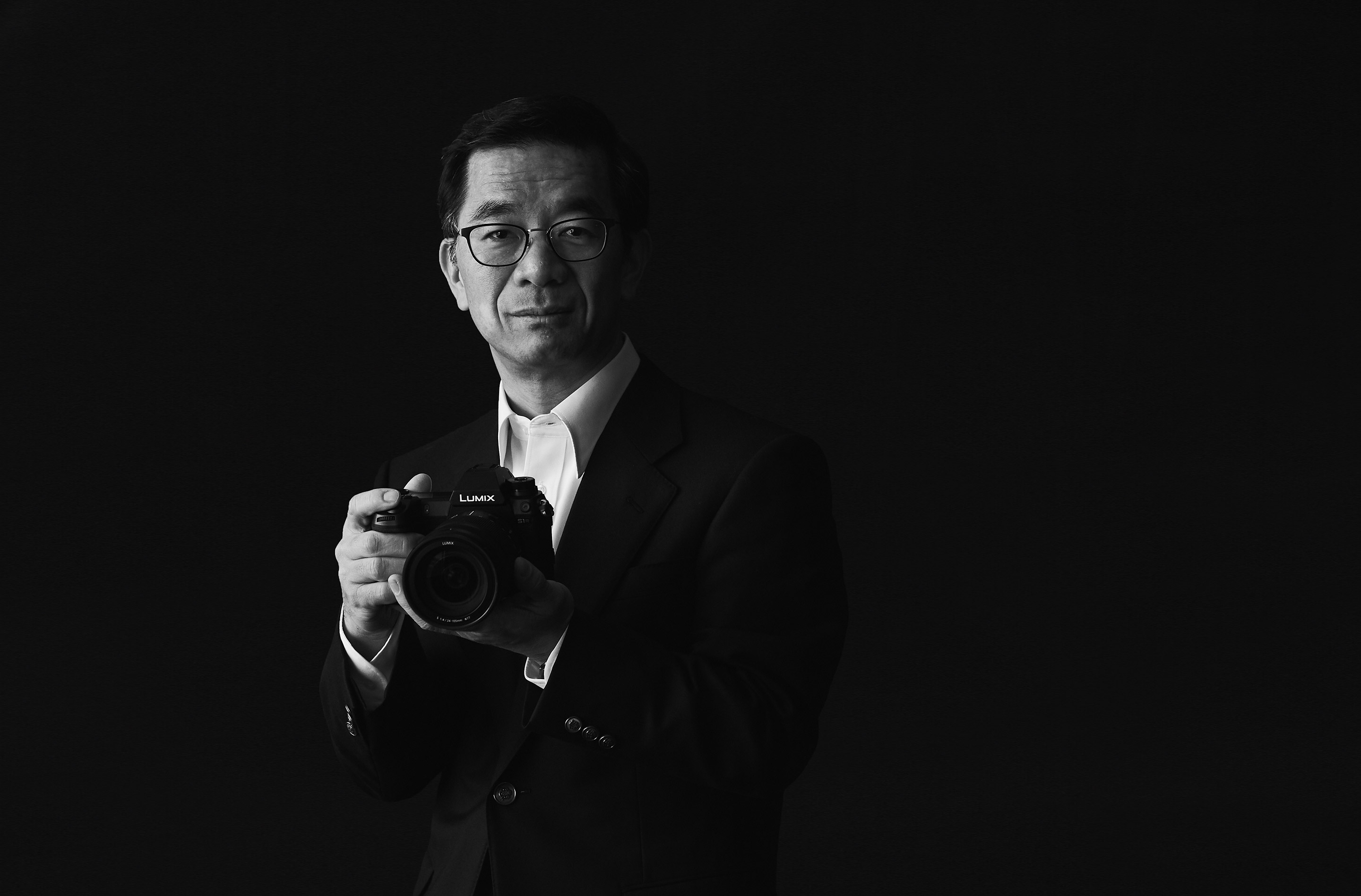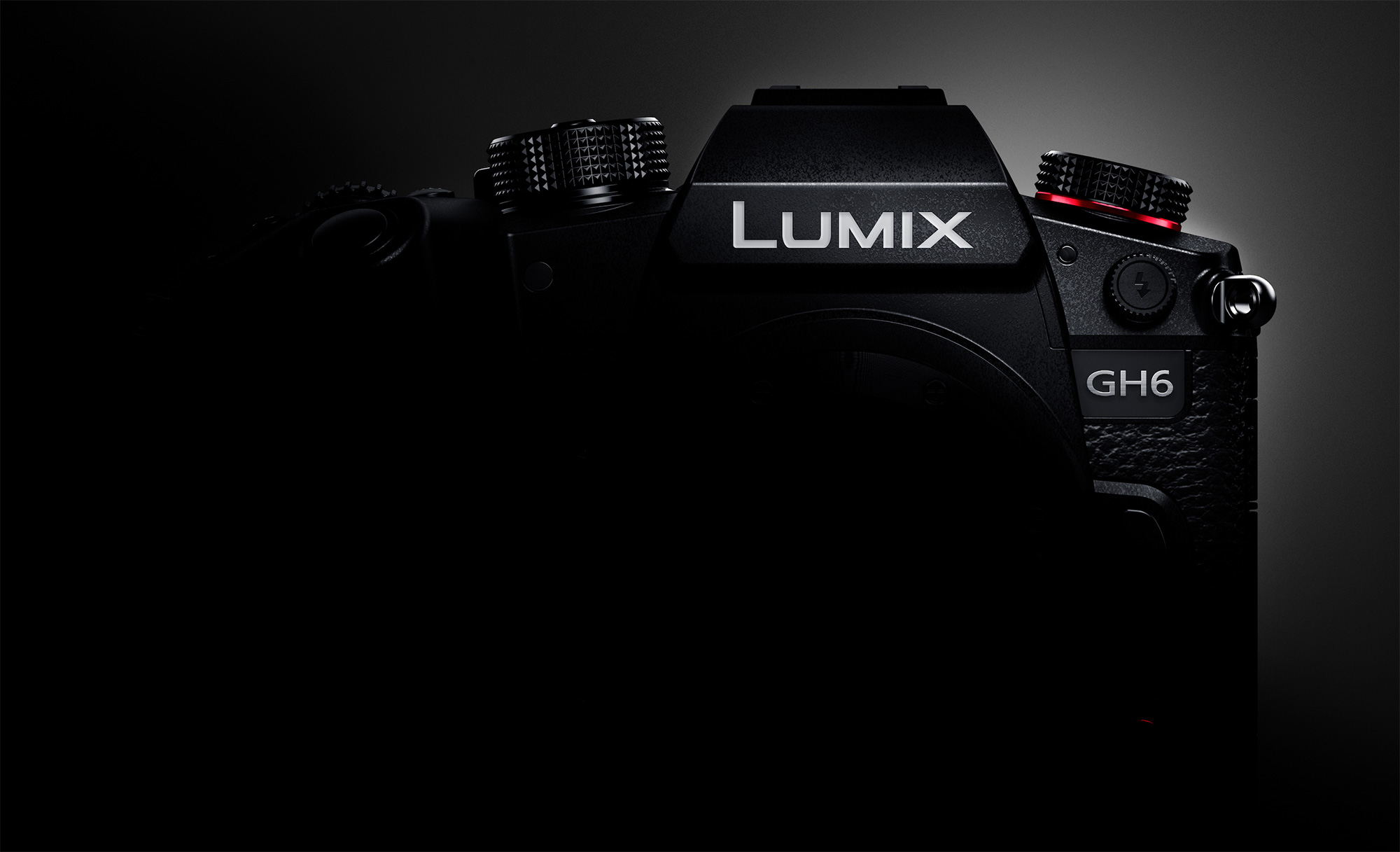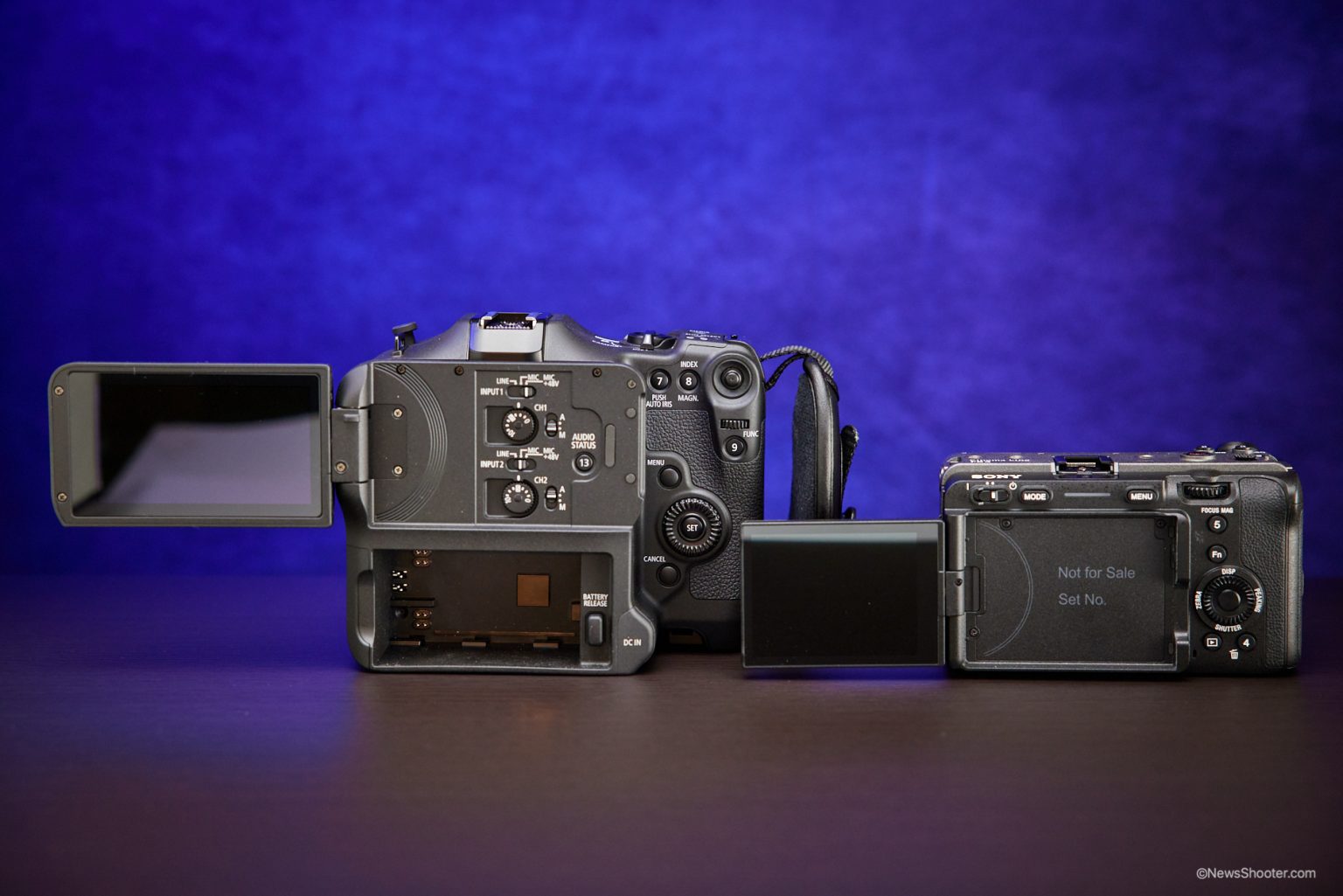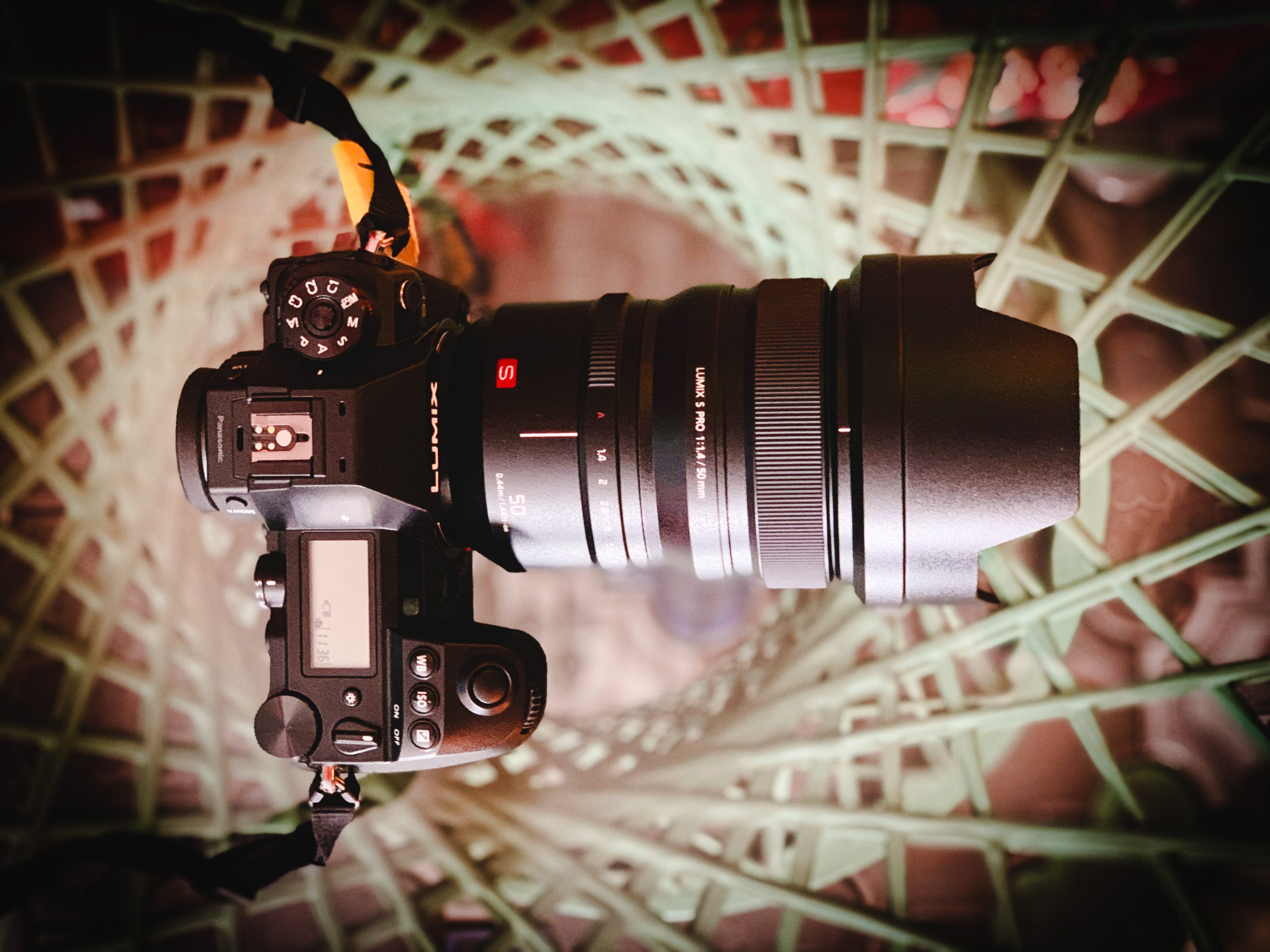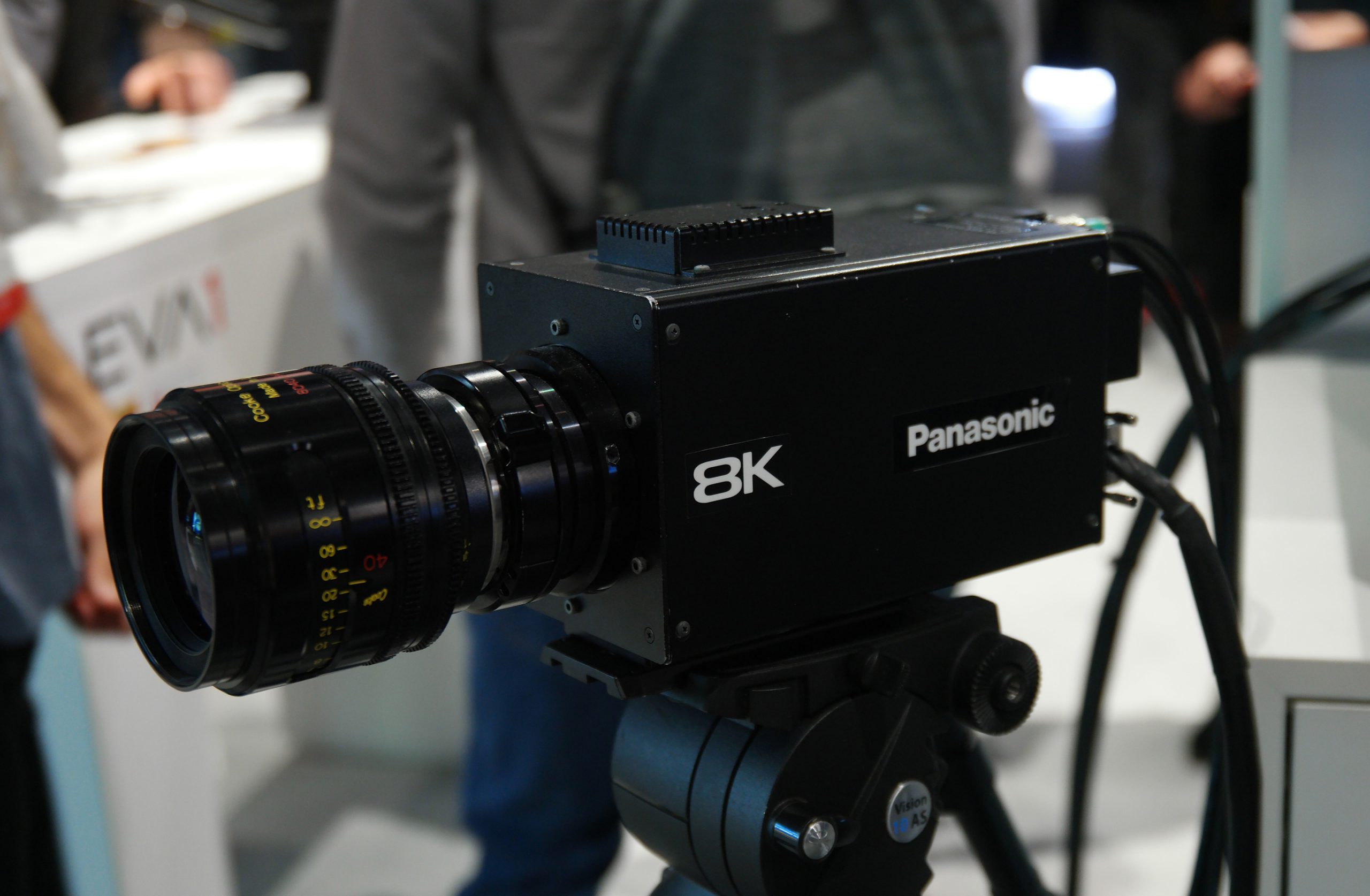
I recently had the opportunity to ask Yosuke Yamane-san some questions about the current and future Panasonic line-up, including the upcoming GH6 and how Panasonic can continue to build on the success of the S1, S5 and S1H with new video features. Mr Yamane is Director of Panasonic’s Imaging Division.
Congratulations with the GH6 development announcement. I highly anticipate more news! What has been the most popular feature request from filmmakers? Is the GH6 also aimed at enthusiasts – or only professionals?
Thank you very much. We are proceeding the development, so that the GH6 can be delivered to creators as soon as possible.
What is most requested by professional video producers, is high editing tolerance that can meet the demands of various clients, high video expressiveness even without post production and reliability to endure long recording sessions on location.
The GH6 is a camera equipped with a newly developed image sensor and a newly developed engine that allows you to enjoy more cutting-edge and highly original video production. Of course, by making full use of our original heat dissipation technology, unlimited recording at C4K60p 4: 2: 2 10bit is possible.
The main target group is of course professionals, but also high amateurs, who seek a higher-grade video expression compared to the so far produced videos.
“We repeated several times simulations of the specifications of new engines and new sensors, to achieve the best match between the engine and the sensor”
Does Panasonic produce multiple prototypes with different sensors during the development of a camera like the GH6?
Within the development of the GH6, we are newly developing sensor and engine to process large volumes of video and image data at high speed, in order to meet the wide range of needs of creators. Of course, at the examination stage, we repeated several times simulations of the specifications of new engines and new sensors, to achieve the best match between the engine and the sensor.
Has the global chip shortage had any impact on camera release dates so far?
The global shortage of semiconductors is affecting the camera industry, and we are no exception. I myself negotiate directly with suppliers on a daily basis, and Panasonic as a whole is working to secure supply. We are doing our utmost to ensure that the introduction schedule is not affected and not to cause any inconvenience to our customers.
The Panasonic GH5 II is launching at an affordable price. What is the main differentiator of GH5 II compared to the equally good value full frame LUMIX S5 and how will Panasonic differentiate the two formats in general, Micro Four Thirds and S series full frame?
The image quality and functions required by creators are becoming more diverse depending on the scene in which they are shooting. Both the GH5M2 and S5 condense high video and still image performance into a compact body, but for those who want an impressive image and video expression with a shallower depth of field, I recommend the S5, for those looking for mobility and speed and deliver unique images by live streaming, the GH5M2.
In this way, we will meet all of our customers’ needs, means the creators` various shooting needs by providing products that take advantage of the characteristics of both formats, the high expressive power of full-frame and the mobility and high speed of MFTS.
Will Micro Four Thirds be diversified in terms of photography – or is video now the main focus?
MFTS has customer needs for both video and still images. For body and lens as a whole MFTS can provide advantages not only limited to videos, but also for still images, due to its small size, light weight and high speed. Thanks to the miniaturization of body and lens, it will be easier to shoot videos and still images at high magnification, such as in wildlife, wild birds, mountains or sports. Therefore, MFTS is a format suitable for hybrid usage, and it can demonstrate great performance in both videos and still images.
“In my view, there is a stable demand for still image-only cameras and professional camcorders as devices that are specialized and used by high-end customers, but the demand for hybrid cameras as a new standard will continue to grow in the future”
In general, is the camera market moving towards hybrid cameras, or is the big momentum towards separate stills and separate professional camcorders instead?
I expect the demand for hybrid mirrorless cameras to grow further in the future. It will become a new standard, that creators express their works by videos and still images, I believe. In my view, there is a stable demand for still image-only cameras and professional camcorders as devices that are specialized and used by high-end customers, but the demand for hybrid cameras as a new standard will continue to grow in the future.
Would Panasonic consider licensing famous Kodak film stock branding for LUMIX Photo Styles such as Vision3, Ektar and Portra similar to Fujifilm Film Simulations?
LUMIX expresses the idea of image creation as “power of life and beauty of life” and is proceeding with its development. While referring to some of the film simulations, we are pursuing lively and impressive image creation with our own ideas. We are not considering any licensing at this time.
“The quality of the image sensor is most ideal, when there is no physical filter”
Dual Pixel Autofocus, internal ND filter and ProRes 422 10bit LOG have been regular GH6 feature requests from my readers and the EOSHD Forum. What are the challenges to overcome with an internal ND filter on a small mirrorless camera? (Maybe Panasonic can develop a sensor cover glass which darkens when an electrical current is applied?)
Of course, it is important to develop a device that can obtain excellent neutral density characteristics, but I think it is still the form factor that should be overcome in a small mirrorless camera. The quality of the image sensor is most ideal, when there is no physical filter, so it would be not good if the space to evacuate (when the filter is not used) impairs mobility (good manoeuvrability) of the mirrorless camera. I recognize that this kind of balancing is a fundamental issue.
Below: Could a slightly larger form factor help Panasonic realise some of their goals on very long continuous recording times and internal ND filters? Canon C70 suggests a bit of extra space could help – physical audio controls, larger battery, internal ND filter, but it remains no taller than a professional DSLR like the 1D X Mark III.
The Panasonic S1H is Netflix approved. Generously the S1 was upgraded via firmware updates and now it is closer to the S1H video spec. Why did Panasonic make the decision to upgrade the S1?
Regarding the upgrade of S1, we received a lot of requests from creators who purchased it, and it is the result of our considerations. I feel that the high-end users, who are the main customers of S1, require higher image expression.
Therefore, we aimed to meet the passion for works creation of more creators by horizontally deploying the functions highly evaluated in S1H, which is also used for full-scale movie shooting, to other models.
The video function of S1 will be enhanced by firmware update, but S1H has still many unique functions, such as 6K24P and unlimited recording, so that it can be used as a main camera for full-scale movie shooting. As a Netflix-approved video production flagship model, we hope that S1H will continue to be used by professional video producers.
“Recently, we have occasionally heard from customers that they want to perform portable SSD recording via USB”
Will Panasonic reduce the size of the S1R and S1 or maintain a large DSLR size mirrorless body design in future?
The body design of mirrorless cameras will continue to be miniaturized in the future. We have further evolved our original heat dissipation technology and power saving technology to realize a compact and lightweight body that can withstand long-term video recording.
High speed USB SSD storage in M.2 format has a small footprint. Why doesn’t Panasonic make a detachable battery grip for RAW recording containing an M.2 slot? And would this be classed as “external” recording or “internal” recording? Is this different classification a problem for patents?
That’s an interesting question. Before responding to that, I would like to say that the recording media of cameras are now in a transitional period. In addition to high pixel count and high-speed continuous shooting performance, high-resolution moving images and high bit rates due to low compression continue to require high-speed writing on recording media. As a result, the demand is shifting from SD cards, that have dominated the market, towards high-speed and large-capacity recording media based on the NVMe protocol, which has high PC compatibility such as CFexpress.
Recently, we have occasionally heard from customers that they want to perform portable SSD recording via USB, in order to make double backup and PC workflow in post shooting convenient. However, the important point here is, that it is necessary to secure a transmission speed that guarantees a certain minimum speed, especially in video recording. Recording shouldn’t stop in the middle. And if the recording medium is not available to the customer, it will not be a solution to the essential needs.
Furthermore, since we are making highly mobile mirrorless cameras, we must not impair their benefits. In short, we believe that developing additional customizable systems is not the only solution.
Of course, it is also interesting as an approach to provide original accessories like your proposal. My thought is, that including such solution, I would like to identify the use cases that are really valuable as I mentioned earlier, and then provide the optimum in-camera recording and external recording solutions.
USB C can carry video and RAW video data. Why was HDMI chosen for external RAW recording?
Among the portable recorders with excellent RAW CODEC of the alliance partners we have collaborated with for many years, we wanted to provide a RAW video recording solution using our camera most quickly, so first we have been working on the development of RAW output via HDMI.
Would Panasonic consider licensing BRAW from Blackmagic for internal RAW recording? Or is the long term future for RAW always going to be via HDMI?
We have received various needs from our customers regarding RAW recording and understand the necessity. In order to respond to those needs, we will continue to consider the best realization method, but as you will surely understand, I cannot answer here about licenses with other companies.
“As for an L-mount high-end Panasonic cinema camera, we are considering something for the future…”
The Panasonic EVA1 uses Canon EF mount at the moment. Can we invest in L-mount lenses now and be confident of using them on a high-end Panasonic cinema camera in the future?
We will continue to evolve the LUMIX L-Mount Mirrorless interchangeable-lens cameras, so that video producers can use it for full-scale video shooting. As for an L-mount high-end Panasonic cinema camera, we are considering something for the future, but I cannot disclose any details at this moment. Please kindly understand.
Do you have any news to share about the Panasonic organic sensor technology, which I last saw at IBC in 2019?
We are considering about the organic sensor for the future, but at this moment I cannot share any details.
The flip-out screen on the GH5 II is small and thin. Would Panasonic consider turning this screen into a small detachable smartphone with 5G capability? It can then be used to upload photos and video to social media, yet remain a fully integrated part of the camera during a shoot.
The GH5M2 is equipped with a function that allows easy live streaming via smartphones, and will meet the growing demand for live streaming as 5G expands. I think that integrating camera and smartphone to improve the convenience of streaming, can be one of the evolutionary points of future cameras.
There was once a LUMIX smartphone (CM1). What happened to this concept, do you have any stories about it and is Panasonic open to licensing the LUMIX name and technologies to a smartphone manufacturer?
The CM1 received high evaluation from the market as a camera, that anticipates the flow of fusion of video and communication. This fusion of video and communication is still inherited, and our new GH5M2 is equipped with a function that allows easy live streaming via smartphones and is a product that meets the growing demand for live streaming with the expansion of 5G.
And regarding licensing the LUMIX brand name or technologies to smartphone manufacturers, as you may surely understand, I am not able to comment at this moment.
“An app store on the camera is exactly the idea of merging smartphones and LUMIX”
What is Panasonic’s opinion when it comes to an App Store on cameras? Can it ever become a successful business concept on LUMIX cameras or does it disrupt the feature-set segmentation of the camera market?
In order to enhance the functions of the equipment purchased by our customers, we utilize our unique application “LUMIX Sync” to provide our customers with functional enhancements and new information. Making this app a business concept might be a good idea, but since there are hardware restrictions, I think it is necessary to verify what is possible to establish a business model.
On the other hand, an app store on the camera is exactly the idea of merging smartphones and LUMIX. I believe that cameras and smartphones do not compete with each other, but achieve a better fusion of video and communication and create value by working together in the right place.
Editor’s Note by Andrew Reid
A big thank you to Yamane-san at Panasonic in Japan and Panasonic UK for the interview. There’s some very interesting points that stand out and we’ll touch on those here. First the need to balance the small size of GH and S1 series cameras with requests for extra functionality like an internal ND filter. The space around the sensor and lens mount to move an internal ND filter out of the way just isn’t there. However the form factor of these cameras remains in lock-step with a traditional SLR shape stills camera for photographers and I believe there is room to revolutionise this form factor to provide a hybrid, slightly larger, more ergonomically bold mirrorless camera with extra features.
I’d like to know how Sony FS5 does it – does the electronic filter glass go completely clear when not in use or does it slide out of the way? Maybe a future S1H can grow a larger space around the lens mount for extra features? Maybe the GH and S5 series can remain small, but do something innovative with very low ISOs or digital ND?
As far as the physical design of the body goes, maybe an ND filter can move out of the way between the bottom of the lens mount and the base of the camera, by making the camera as tall as a 1D X Mark III or Fuji GFX 100. This way, you also get to store a larger battery and have more room for a powerful image processor. An internal ND filter can also move out of the way sideways by offsetting the camera grip further from the lens mount and perhaps even moving the sensor as close as possible to the other edge of the body, but this is just my supposition and I’m not an engineer.
Yamane-san says the company is considering the best way to implement RAW codecs in the future, internally as well as external. Personally I would love to see an internal BRAW option, but that’s between Blackmagic and Panasonic to agree. It’s interesting that Panasonic noted requests for external recording via USB to an SSD, and perhaps as NVMe storage gets smaller, could we see the lines between external and internal recording become blurred, with an “external” SSD as small and as easy to attach to the camera as slotting in a CFExpress card is now… But what consequences here are there for Panasonic when it comes to RED’s patent on compressed internal RAW recording? Where does external recording end and internal begin? Again I’d love for the two companies to agree a solution which is more integrated, because we shouldn’t have to be forced to purchase an Atomos recorder for RAW recording and compromise the small form factor of our mirrorless cameras.
It seems editing workflow and reliability are high up the priorities list for Panasonic when it comes to the GH6. The promised “unlimited” 4K/60p 10bit recording with very reliable long continuous recording is impressive for such a small body. Panasonic have always led the way when it comes to heat dissipation and thermal management and there’s 4K/120p as well for shorter clips, useful for slow-motion.
So a lot to look forward to in the future from a Panasonic that remains 100% committed to their pioneering camera division in the light of fierce competition.




